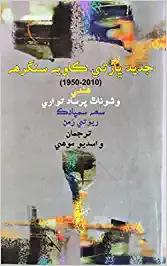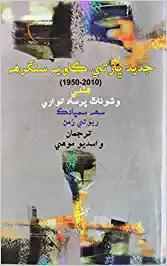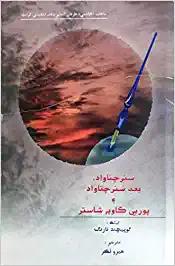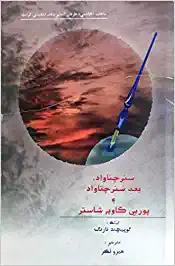
SAHITYA AKADEMI
The proposal to establish a National Academy of letters in India had been under the consideration of the British Government of the country long before independence. In 1944, the Government of India accepted in principle a proposal of the Royal Asiatic Society of Bengal that a National Cultural trust should be set up to encourage cultural activities in all fields. The trust was to consist of three Academies, including the Academy of letters. After freedom, the proposal was pursued by the independent Government of India, while convened a series of conference to work out the details. Consensus emerged in favour of establishing three National Academies one of letters, another of visual arts and the third of dance, drama and music. But deference of opinion persisted whether the Government should take the initiative and establish the Academies or whether it should wait for the advent of individuals who had the necessary moral authority to establish the Academies. Abul Kalam Azad the union minister of education, was of the opinion that "if we had waited for the Academy to grow up from below, we might have had to wait till the Greek Kalends". It was felt that there was no alternative to Government taking the initiative to set up the Academies. The Government's functioning in the process was to be that of a curtain raiser. The Government would set up the Academies, but once they were establish, it would refrain from exercising any control and leave them to perform their function as autonomous institution. The Government of India decided to establish a National Academy of letters to

Jadeed Bharati Kavita Sangraha (1950-2010) (SINDHI)
Jadeed Bharati Kavita Sangraha (1950-2010): Hindi is an accomplished Sindhi translation by Vasdev ‘Mohi’of Adhunik Bharatiy Kavita Sanchayan (1950-2010) : HINDI, edited by Vishwanath Prasad Tiwari and Revati Raman. In the edited work, the editors - V

Jadeed Bharati Kavita Sangraha (1950-2010) (SINDHI)
Jadeed Bharati Kavita Sangraha (1950-2010): Hindi is an accomplished Sindhi translation by Vasdev ‘Mohi’of Adhunik Bharatiy Kavita Sanchayan (1950-2010) : HINDI, edited by Vishwanath Prasad Tiwari and Revati Raman. In the edited work, the editors - V

Samrachnavad, Bade Samrachnavad Ani Purbi Kavyashastra (SINDHI)
This is a competent Sindhi translation by Hiro Thakur of Gopichand Narang’s seminal critical treatise. The philosophy of Semiotics has opened a new door which has brought to notice the fundamental changes in theory. It has changed the foundations of

Samrachnavad, Bade Samrachnavad Ani Purbi Kavyashastra (SINDHI)
This is a competent Sindhi translation by Hiro Thakur of Gopichand Narang’s seminal critical treatise. The philosophy of Semiotics has opened a new door which has brought to notice the fundamental changes in theory. It has changed the foundations of
 );
);